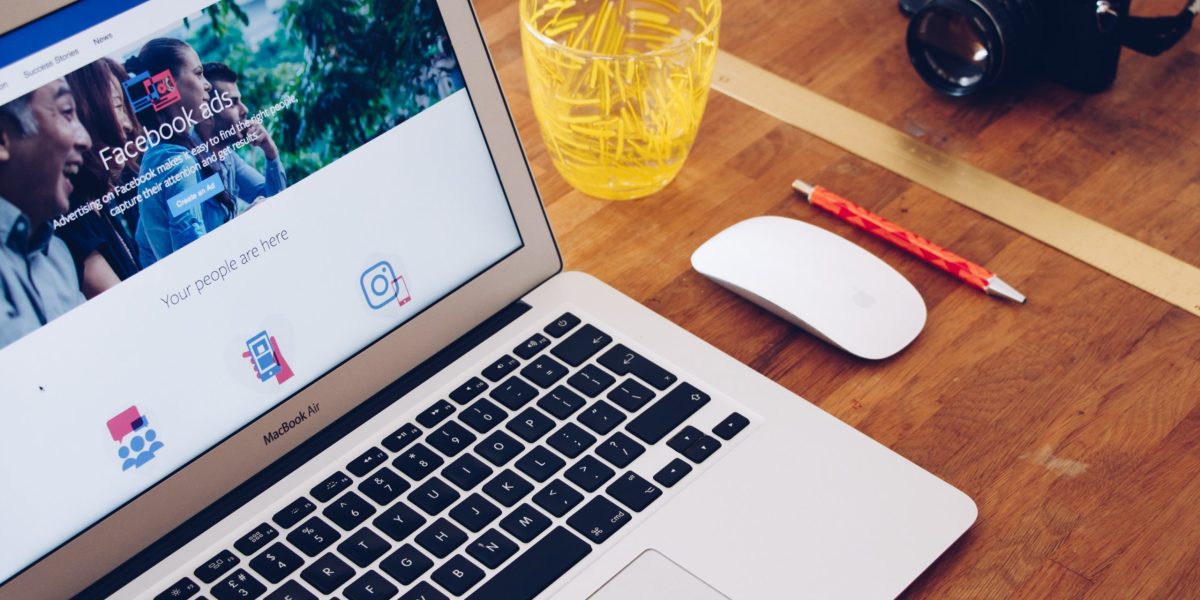– George Hadjia
We have previously written about Facebook (Nasdaq: FB) and Alphabet (Nasdaq: GOOGL) being some of the most high-quality, hardest-to-disrupt businesses in existence. But COVID-19 (C19) has shown a remarkable ability to disrupt even the most resilient of businesses. We are seeing evidence of the digital ad market taking a hit from the C19 pandemic, and there are a number of data points we have observed that point to this ad market slowdown being different to others.
In advertising it is often said that ad dollars follow eyeballs. In other words, when people are consuming a certain format of media, therein lies an opportunity to monetize their attention in the form of advertising. We have seen no shortage of consumption of digital media given the lockdown scenario. For iPhone users, you can check this by looking at your “Screen Time” – that is, the amount of time per day you spend on your mobile phone (I know mine has increased as social activities in the real world have been substituted by consumption of digital media, given the lockdown here in New York City).
This must be great for digital ad platforms such as Facebook, right? Surely all this additional time spent by consumers on Facebook and Instagram (also owned by FB) will be a boon for the company? Not so fast.
Historically the digital ad market has benefited from the secular tailwind of ad dollars in traditional formats such as print, radio, and TV shifting to online. While this is still occurring, it is not enough to offset the ad demand destruction from C19, given the unprecedented impact it is having on the companies that are responsible for allocating ad dollars to these platforms.
The digital ad market finds itself in the somewhat unique situation where engagement is at an all-time high, yet ad prices (measured by CPMs, or cost per one thousand impressions) and conversion have declined materially. This is driven by two dynamics working in conjunction: (i) continued increases in ad inventory supply, due to more minutes spent on digital ad properties, and thus more opportunities to insert ads; and (ii) continued decreases in advertiser demand, as the C19 fallout has caused across the board ad budget cuts.
Notably advertising spend is a discretionary cost – at its core it represents companies spending money in order to generate revenues. In situations where companies foresee a weak demand environment (where ROIs on that spend fall below acceptable levels) or are facing liquidity issues, they will cut their advertising budgets. For example, a brick and mortar retailer that has been forced to shut its stores would be ill-advised to spend money advertising its products during this period.
If we look at some impacts to mainly Facebook and Instagram digital ad spend for the clients of Social Fulcrum (a performance marketing agency focused on Facebook and Instagram), we can observe the following:
- CPM down ~45%
- Click through rate (CTR) unchanged
- Cost per click (CPC) down ~45%
- Onsite Conversion down 53%
- Overall, Cost of Customer Acquisition up 28%

Source: Social Fulcrum

Source: Social Fulcrum

Source: Social Fulcrum
What we are seeing is consumers on these platforms are browsing to try and distract themselves (evidenced by healthy click through rates, which have basically stayed flat), but not actually shopping and converting to a sale for an advertiser (and we have seen Social Fulcrum’s clients experience enormous falls in on-site conversion).
The magnitude of declines witnessed by Social Fulcrum might seem alarming for Facebook but it should be noted that this is just a very small subset of Facebook’s total revenues and may not be representative of the total. Nevertheless, while these data points will probably differ somewhat from what is being seen in the entirety of FB’s business, they do highlight that Facebook will experience revenue weakness over the coming quarters.
This is a highly unique situation, where investors are faced with the difficulty of trying to assess the probabilities of different scenarios in terms of the speed with which these ad dollars return to FB’s ad properties. At present the distribution of potential outcomes is highly uncertain and wider than usual; it is very difficult to form high levels of conviction around estimates of the extent of ad spend declines, and the trajectory ad dollars will take once lockdowns are lifted. Q1 reporting season will be keenly watched and will help shed light on the true impact C19 is having on digital ad companies.
Montaka owns shares in Facebook and Alphabet.
George Hadjia is a Research Analyst with Montaka Global Investments. To learn more about Montaka, please call +612 7202 0100.





